Survey commissioned by Global Seafood Alliance finds fear of at-home seafood preparation is waning
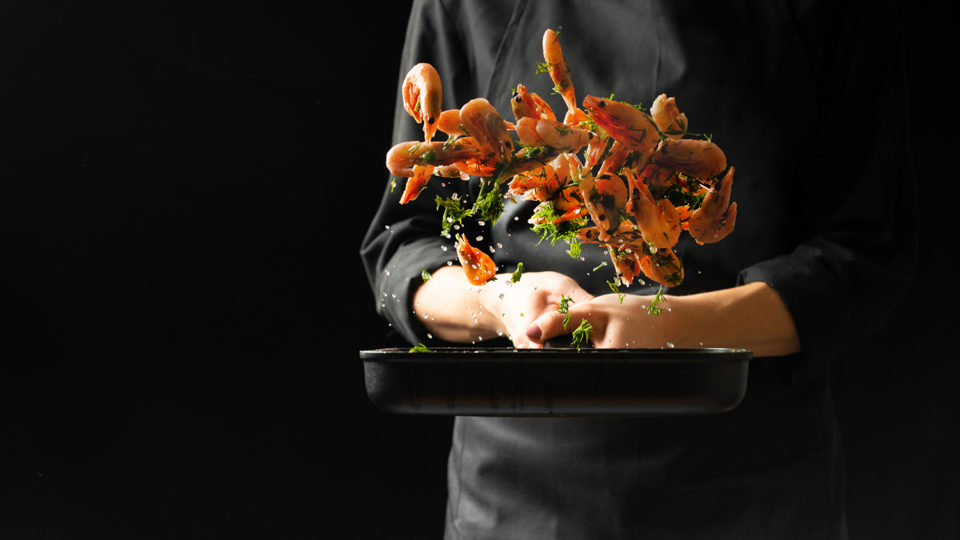
The coronavirus pandemic has permanently changed the seafood industry in mostly positive ways, a survey commissioned by the Global Seafood Alliance (GSA) revealed.
(Editor’s note: The Global Aquaculture Alliance has been renamed to the Global Seafood Alliance as the organization moves to certify wild-capture seafood in addition to farmed. Click here for more details.)
Retail demand for the most popular seafood species such as salmon and shrimp surged by double digits and will continue to rise this year, according to the collective opinion of 30 global seafood procurement executives surveyed by Spheric Research on behalf of GSA. The outlook for the recovery of foodservice channels is highly correlated to the progress of coronavirus vaccination and the effect of fiscal stimulus in each country.
The most important dynamic in the retail boom was the home-cooking craze seen in many parts of the world, where many seafood lovers attempted to recreate restaurant recipes for the first time, survey participants agreed. Consumers are also eating more seafood to improve overall health, the survey revealed. Many people will have tried seafood for the first time in the family home, which bodes well for an eventual foodservice recovery.
“Consumers are no longer afraid to cook seafood at home, so consumption in foodservice and retail will increase as restaurants reopen,” one respondent wrote.
Seafood consumption surged by more than 30 percent in retail channels in North America in 2020, greater any other type of animal protein including beef and chicken, according to a study by Nielsen. Among survey respondents, retail procurement executives said salmon and shrimp demand rose by as much as 30 percent, and by more than 20 percent in Europe. In salmon, only one respondent from the retail sector predicted demand will fall from 2020 levels (estimating a 5 percent drop), while others predicted more year-on-year growth.
In the prepared and ready-to-go category, retail procurement experts predicted demand will rise between 5 percent and 10 percent in North America and about 5 percent in Europe. This category may grow faster than raw seafood category, which saw explosive demand in 2020 as families stayed at home and had more time to cook.
The results confirm hypothesis put forward by industry leaders such as Mowi CEO Ivan Vindheim, who predicted earlier this year that the surge in demand for salmon in retail channels could eventually offset all of the lost foodservice volumes. With foodservice demand, the sector will come back stronger than ever, he said.
“If you give us enough time, we think we will offset all of the loss from foodservice,” Vindheim said. “With the recovery of foodservice, and retail stronger than ever, the demand side looks favorable, in my view.”
Several survey respondents cited the need for convenience in home cooking, as people start to resume more activities outdoors and busier lifestyles. Customers want help in reducing kitchen time and processed products that are only require final cooking will be favored, at least three respondents said.
https://www.aquaculturealliance.org/advocate/special-report-retail-demand-reduces-covid-19-pain-for-seafood-industry/
Chef (and price) inspired
Ranked in order of importance, most survey respondents agreed that consumers attempting to recreate restaurant favorites at home was the most important trend, narrowly scoring higher than the desire to switch to healthier proteins. However, several market experts pointed out that the affordability of typically higher-end seafood options played an important role in the 2020 trend. An expected rise in prices this year for the most popular species could dampen demand this year.
Snow crab, for example, has risen sharply in value so far in 2021, which could slow demand, said Guy Pizzuti, seafood buyer for Publix supermarkets in the United States. Salmon and shrimp remain affordable for now, despite some supply concerns such as India’s pandemic crisis clouding the supply scenario, he said.
“At some point the consumer is just going to shut down,” Pizzuti said, referring to snow crab prices. “That’s the only thing I see on the horizon that would potentially impact us.”
A similar trend was observed in European retail channels. Salmon and shrimp volumes are still higher than they were two years ago, before the pandemic struck, Aisla Jones, manager for sustainable sourcing at Co-op supermarket chain in the UK, said at a recent meeting of the marine ingredients’ association IFFO.
“Things like salmon fillets and shrimp are selling really well and these are really popular species,” she said. “We think people are cooking a little bit more at home, and we think people are getting a bit more adventurous with seafood as well, which is good to see.”
Asian retail demand depends on a country-by-country scenario. Japan, traditionally one of the most significant buyers of farmed seafood, saw a strong increase for salmon used for cooking, mackerel and other frozen fish, said Kikuo Shomen, fish buyer for Metro Cash & Carry in Japan. China’s demand is slowly recovering after widespread concerns over claims that imported seafood was contaminated.
Each country differs because of the effect of government stimulus packages, which have largely boosted disposable income levels in developed countries such as the United States and the UK. Disposable income tends to have a direct effect on seafood consumption, according to Publix’s Pizzuti.
The disposable income factor will also significantly shape the expected recovery in foodservice markets in most European and North American countries this year.
The biggest potential increases in foodservice demand will come from Europe this year, which was the hardest-hit region in 2020, according to the survey. Respondents predicted demand increases of up to 30 percent for salmon in the European foodservice market, and 40 percent for shrimp, although another predicted no change. The mood in North America about a foodservice recovery was a bit more cautious, predicting a 15 percent increase in the best-case scenario given by a survey respondent.
In North America, high vaccination rates (more than 40 percent of the United States has received one dose) means that restaurants have reopened in many states. Moreover, the U.S. government is helping restaurant owners get back on their feet with a $28.6 billion Restaurant Revitalization Fund. That said, 32 percent of restaurant operators think it will take seven months to a year before business returns to normal.
Red Lobster, which sells seafood across 700-plus restaurants across the United States, is emerging from the pandemic with a streamlined menu featuring value items such as the Codzilla sandwich and a Salmon Sesame Bowl, said CEO Kim Axel Lopdrup. The popular seafood chain also has an eye on some of the convenience delivery mechanisms such as roadside pick-up that consumers have adopted during the pandemic, he said.
“People have found that there are just more convenient, more efficient ways of doing things to fit their busy lifestyles,” Lopdrup said. “The convenience initiatives and how people increasingly eat off premises is here to stay.”
In Europe, the recovery is clouded by the slow rate of vaccination, particularly in the European Union countries. French restaurants will only reopen on May 19 and the outlook for the vacation period which is so key for southern European countries remains highly uncertain.
“We can safely say recovery will be some way behind until the vaccination program has an impact,” said one major foodservice operator on the continent. “In northern European countries, a reduction in foreign holidays will drive more internal tourism and potentially strong sales across the summer.”
Period of change
Looking further ahead, many of the survey respondents think that seafood consumption habits have changed forever. Of the 30 respondents, 14 said consumption patterns have changed permanently, while 12 said the distortions to the market created by coronavirus will be only temporary. Four respondents said business continued as normal throughout the pandemic.
Veganism, and the emergence of plant-based proteins have continued to grow in popularity among consumers, especially younger generations. Some survey respondents said customers expressed an interest in sourcing more locally procured products and said that the awareness of sustainability issues is greater than ever.
Some companies have tried to use the pandemic to bring about much-needed change. Iberostar, which runs hotel resort complexes across the Caribbean and Europe, decided when most of its hotels were closed in 2020 to dramatic reduce the quantity and variety of seafood it procures around the world, and focus on those with sustainability credentials.
Iberostar managed to increase products coming from sustainably certified sources to 41 percent by the end of 2020, compared with 8 percent at the start of the year, according to global sustainability director Megan Morikawa.
“You can use these moments of reset to really drive a sustainability agenda,” Morikawa said.
IKEA, which has become wildly popular in China, has brought about change at its restaurants, focusing more on affordability and the sustainability of its seafood dishes amid a growing desire for both factors among consumers in that market, said company seafood buyer Susan Tong. IKEA is introducing Chinese consumers to hot salmon dishes and popular specialty dishes such as cheese shrimp to its many restaurants dotted in Tier 1 and Tier 2 cities across the country.
Initiatives such as these will help the industry capitalize on a potential new period of growth in demand, and boost competitiveness on all fronts versus other animal and plant-based proteins.
Follow the Advocate on Twitter @GAA_Advocate
Now that you've reached the end of the article ...
… please consider supporting GSA’s mission to advance responsible seafood practices through education, advocacy and third-party assurances. The Advocate aims to document the evolution of responsible seafood practices and share the expansive knowledge of our vast network of contributors.
By becoming a Global Seafood Alliance member, you’re ensuring that all of the pre-competitive work we do through member benefits, resources and events can continue. Individual membership costs just $50 a year.
Not a GSA member? Join us.
Author
-

Matt Craze
Matt Craze is a leading seafood specialist and author of several key industry research reports on seafood markets published in partnership with Undercurrent News. Matt is a regular columnist for Undercurrent and also is a food and beverage consultant with 10EQS, a leading global management consultancy. He is also working with Yield Lab, a global agtech venture capital fund, to organize its Global Aquaculture Challenge that will support start-ups pursuing innovative processes. Matt spent an 11-year career at Bloomberg helping to build commodities news product in the EMEA and Latin America regions and earned an MBA from Cornell University.
Tagged With
Related Posts
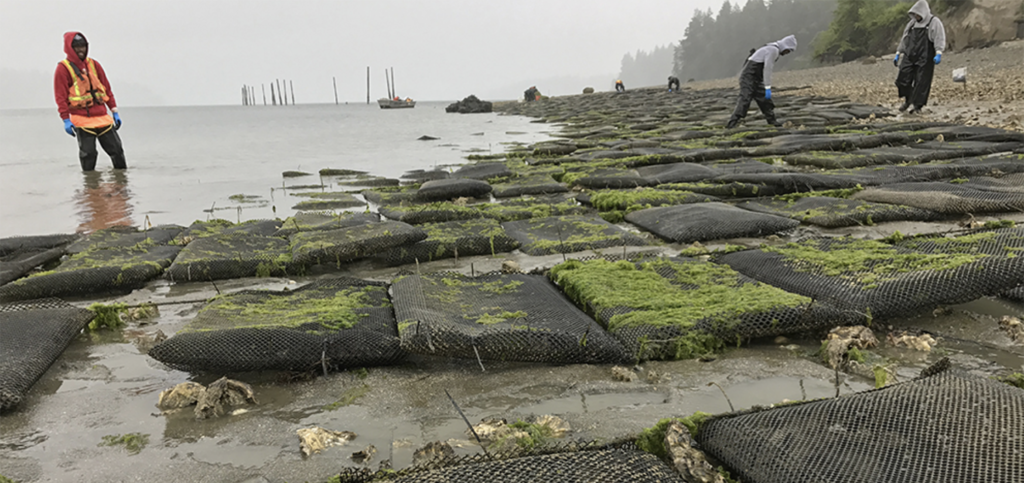
Intelligence
COVID-19 has the West Coast shellfish sector on hold
The impacts of the coronavirus (COVID-19) pandemic on the industry are vast. In the Pacific Northwest, some producers are faring better than others.
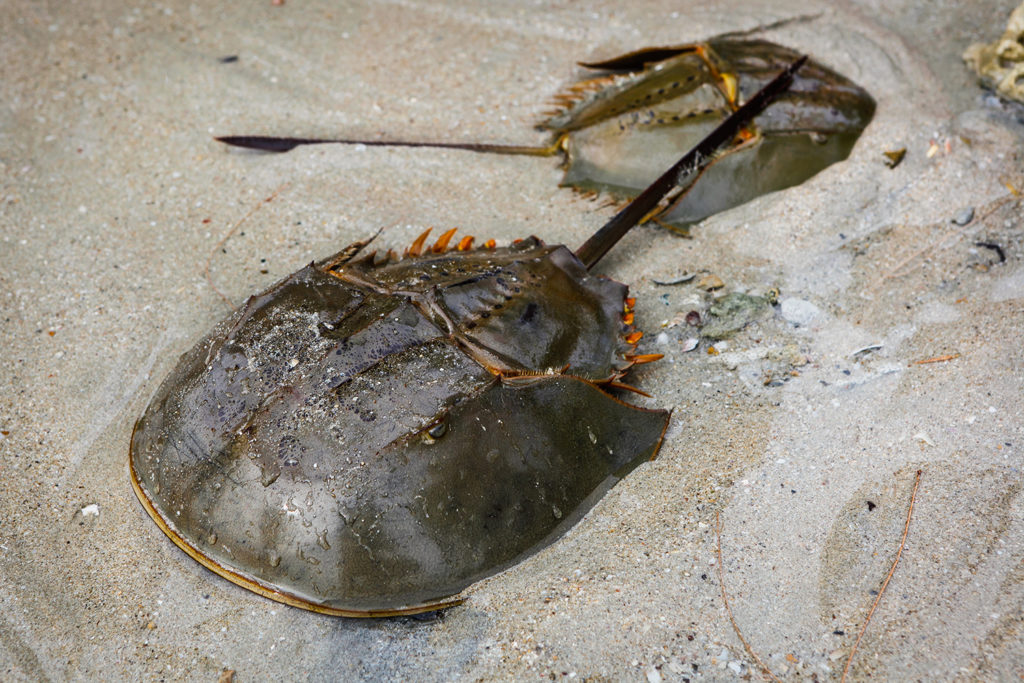
Health & Welfare
Can farming horseshoe crabs help the COVID-19 cause?
Already housing horseshoe crabs for medical purposes, researchers hope recirculating aquaculture systems will aid their coronavirus-fighting efforts.
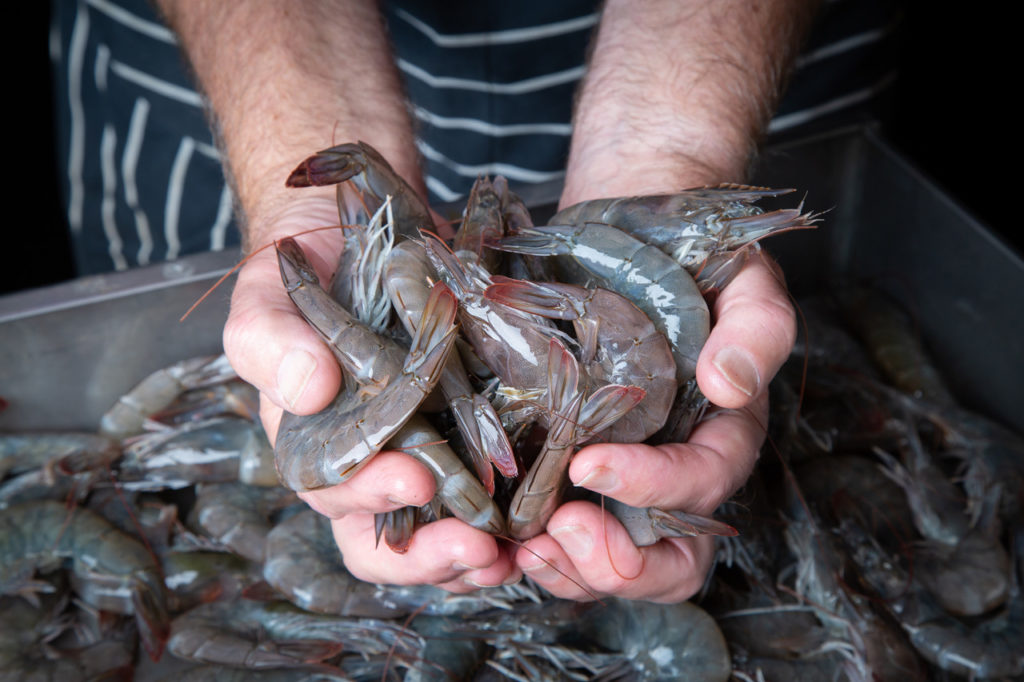
Innovation & Investment
Ascending U.K. prawn farms now riding out the coronavirus storm
U.K. prawn farms FloGro Fresh and Great British Prawns believe demand for trusthworthy, local food will carry them past the COVID-19 market disruption.
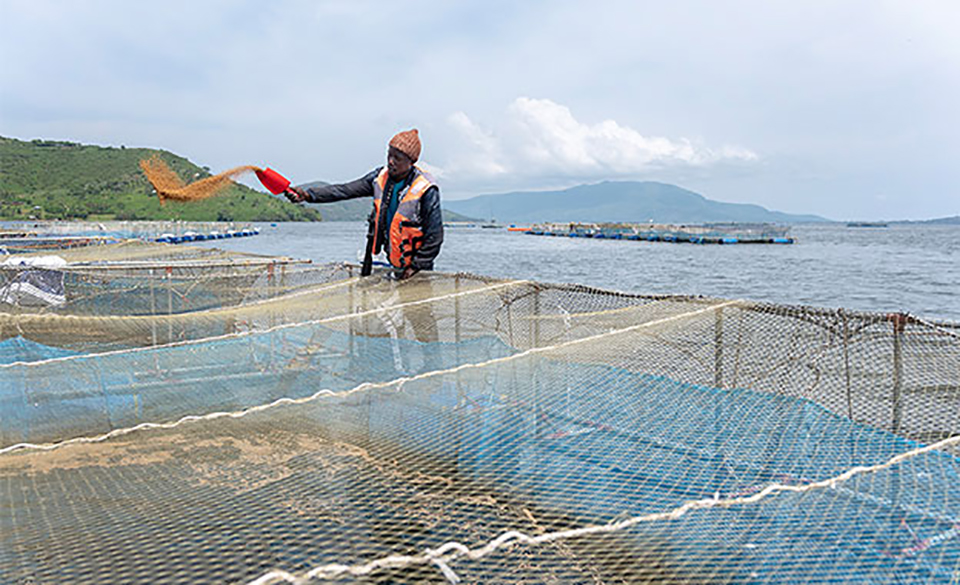
Intelligence
How resilient is aquaculture in the face of a pandemic?
Lead author of a Johns Hopkins Center for a Livable Future study examines how seafood businesses and related institutions are responding to the pandemic.

